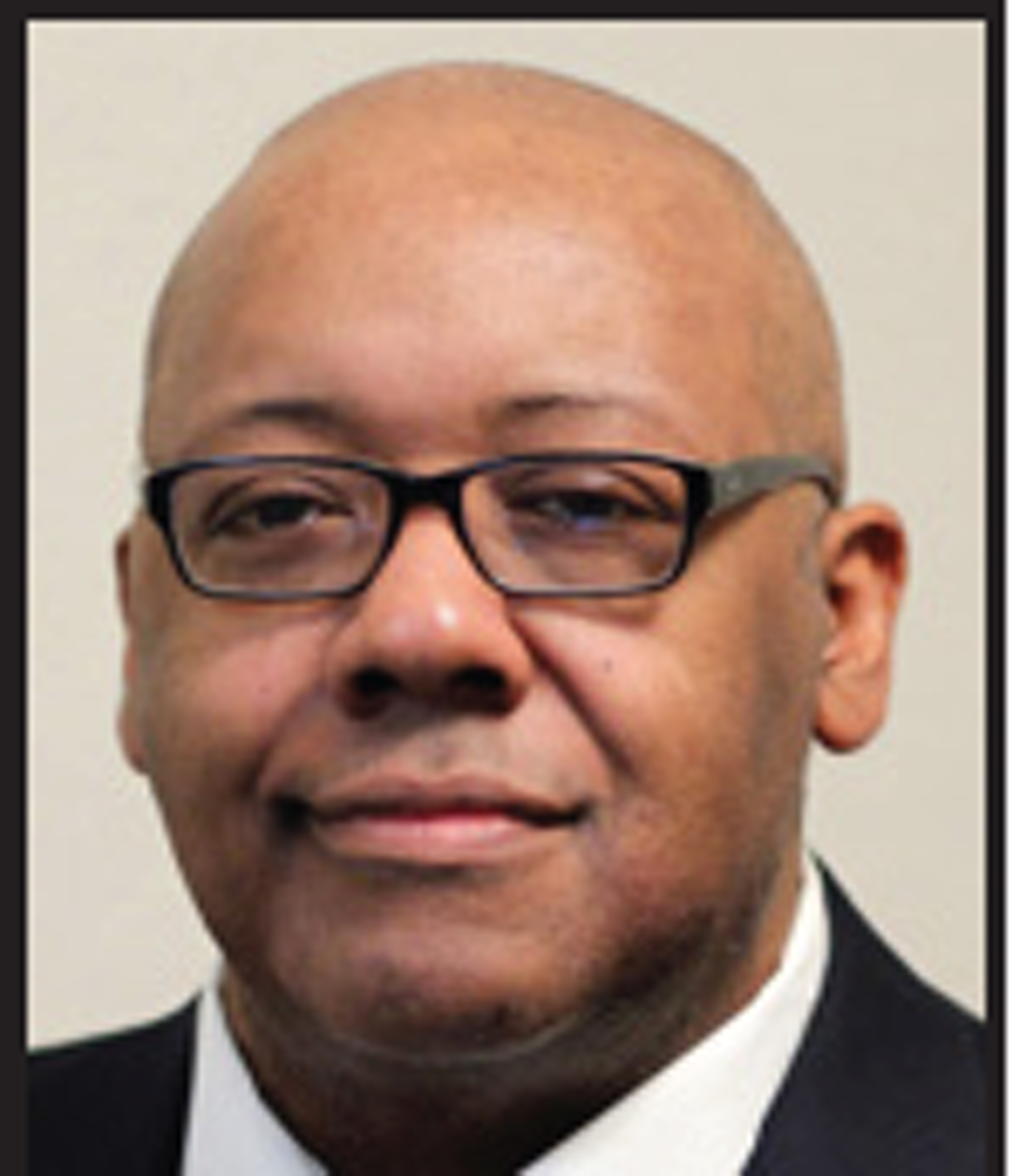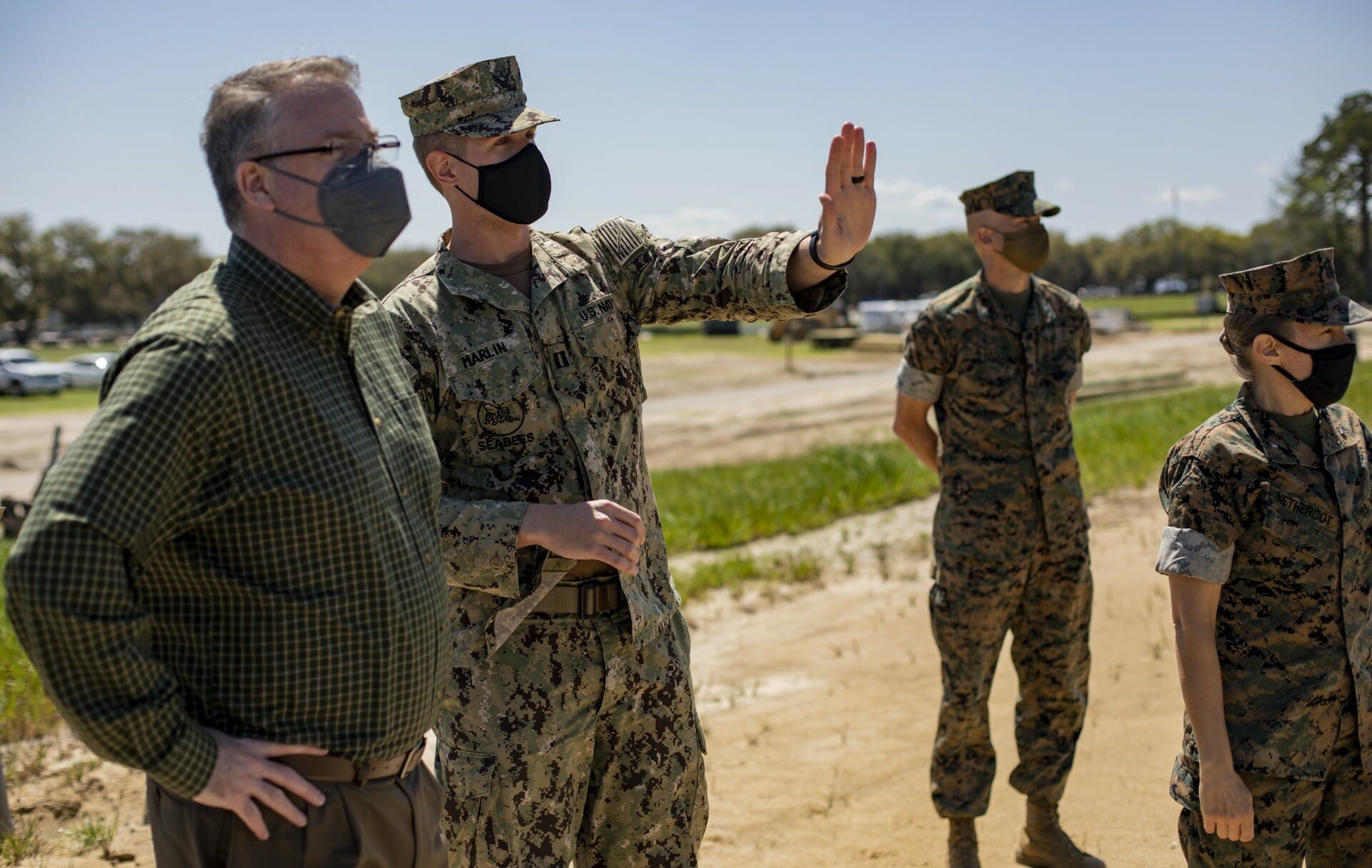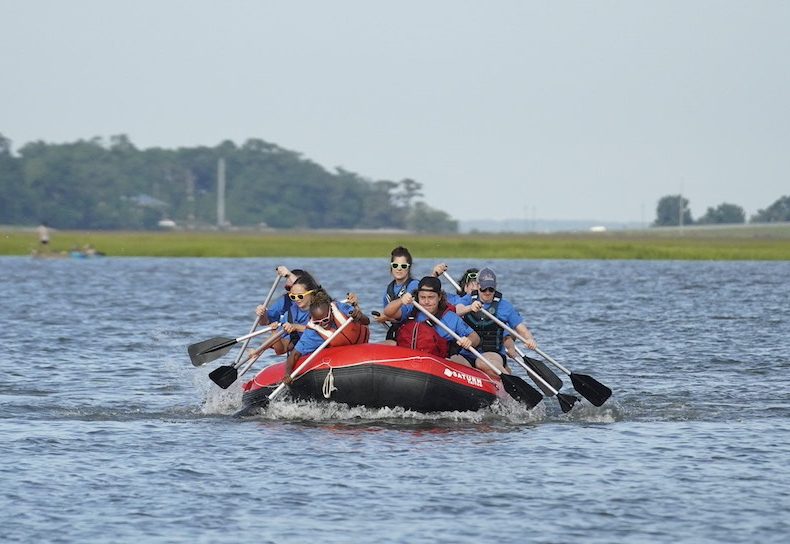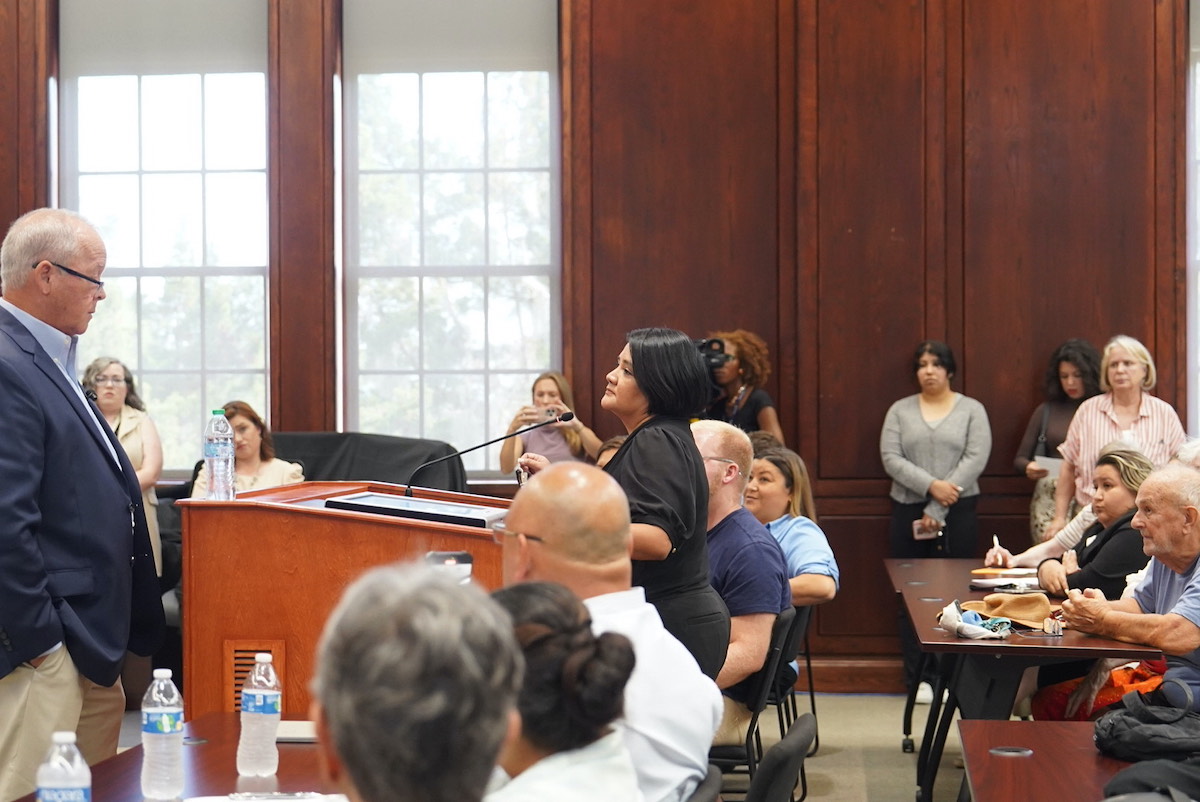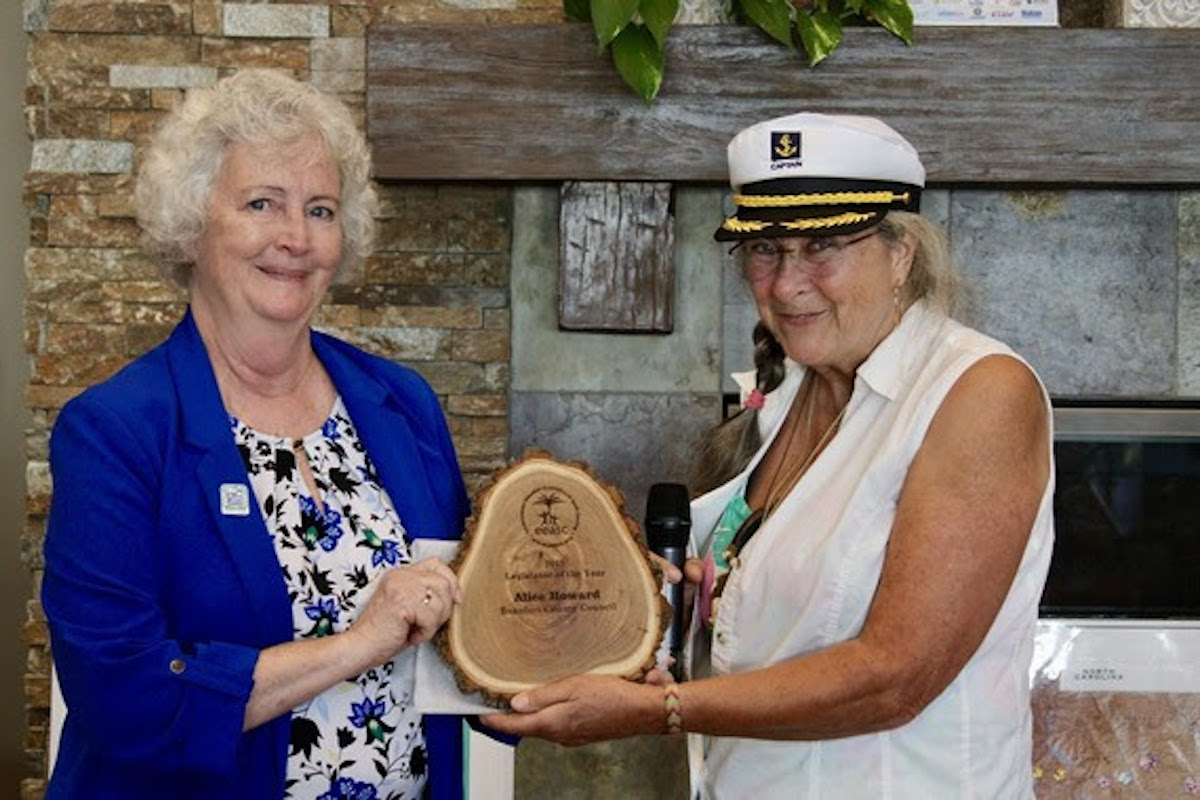By Larry Dandridge
Why do police sometimes use deadly force on people brandishing a Fake Gun? Police Officers are increasingly facing off against people with extremely-real-looking pellet and BB guns, toy weapons, and weapon replicas. Sometimes, the people the police face with a fake gun are mentally ill. The police also encounter fake guns at domestic disturbances, making traffic stops, serving arrest warrants, robberies, brandishing, assaults, and other calls.
According to criminal justice and policing experts, law enforcement officers have good reason to be fearful. Of the world’s more than one billion total guns, approximately 393, 000 are civilian-owned in the U.S. By comparison, the U.S. military holds about 4.5 million guns, and state and local police have just over 1 million. The US far more civilian-owned guns than any other country in the world. Based on recent estimates, there are more firearms in America than there are people. That presents a constant potential threat to police officers, deputy sheriffs, and federal law officers.
Police officers have to obey the deadly force laws and only use deadly force when he or she believes that he or she or another person is in imminent danger of being killed or seriously injured. This applies to officers who are convinced the perpetrator is pointing or in the process of pointing and about to use a deadly weapon to kill or seriously injure.
Many shootings of people with fake guns happen at night and other low light conditions. In almost every case, the victims failed to comply with an officer’s orders and most pointed guns (or fake guns) at officers. These fake guns include BB or pellet guns, Airsoft guns, replica guns, toys, starter pistols, and lighters.
It is virtually impossible to train officers to be able to identify imitation firearms from any distance. Short of eliminating the fake guns, police have little choice (and frequently less than a second) to assume the guns are lethal. Gunmakers and gun rights groups, such as the National Rifle Association have successfully stopped all efforts to stop production of these fake guns or radically alter their appearance.
Why do the police not shoot guns, knives, and other deadly weapons out of people’s hands? Police Officers are universally taught to shoot center of mass. They cannot shoot guns, hammers, hatchets, machetes, knives, baseball bats, screw drivers, and other such deadly weapons out of a perpetrator’s hands. Hand guns are not that accurate and when a person is under great stress, which is always the case when a police officer is confronted with a life or death or serious injury situation, accuracy is further degraded. Contrary to many people’s belief, police officers do not shoot to kill, they shoot to STOP a person from killing or seriously injuring them or seriously killing or seriously injuring another person.
Shooting to wound someone may not stop the threat. If a person is shot in the leg, the threat may still exist, as a suspect could still use his or her hands to fire a gun or stab an officer. It takes a highly skilled marksman to hit someone exactly in the arm or leg. Most officers are not skilled marksmen. Many police shootings are done while running after suspects making it virtually impossible to shoot to wound. Hands and arms can be the fastest-moving body parts.
A suspect can move his hand and arm to a firing position in less than a quarter of a second. The average officer pulling the trigger as fast as he can using semi-automatic pistol, requires about 1/4 second to discharge each round. There is just no way an officer can react, track, shoot and reliably hit the hand of a threatening person or hit a weapon in a suspect’s hand in the time span involved.
Also, the vast majority of police officers have never fired a pistol, shotgun, or rifle at anyone. Most officers have only fired their service weapons at a range during training. In 11 years of the author’s law enforcement career, he personally never shot at anyone.
It is certain, that the more realistic training, non-lethal tools, backup, body armor, and protection (cover) an officer has at his or her disposal the less likely anyone, police officer or citizens, will be seriously injured or killed. When police officers were issued pepper spray in the CALEA certified department that the author served in the mid-1990s, the number of people who resisted arrest went down significantly and the number of officer and perpetrator injuries went down by 20%. Today police departments have bean bag shotgun rounds, pepper spray, tasers, and other non-lethal weapons but frequently have no time to use them (or call for them) when facing an immediate life threating suspect.
Larry Dandridge is an honors graduate of three police academies and a DoD Counter Terrorism course graduate. He served as a police officer and deputy sheriff in AL and MO. He has also worked as a consultant with the Federal Law Enforcement Training Center in GA and SC, and the Military Police and Customs operations in TX. An accomplished writer and motivational speaker, the owner of TVV Publishing, a retired Army Test Pilot, the author of the award-winning BLADES OF THUNDER (book One), a retired Aerospace Industry Region Manager, a past University Business, Writing, and Aeronautics Instructor, and volunteer Patient Adviser at the RHJ VA Medical Center, he writes two columns, as a free-lance writer, for the ISLAND NEWS, the Veterans Benefits Column and the What Citizens Should Know About Policing Column. You can contact Larry at his email, LDandridge@earthlink.net.
EDITOR’S NOTE
This is column 6 of a 12-column series on what citizens should know about police officers, use of force, and challenges the police and citizens face. Columns 1, 2, 3, 4, and 5 introduced the series by answering the questions:
What are the risks involved in police work?
How does a COP (Constable on Patrol) decide on what level of force to use?
When can a police officer use deadly force?
When can deadly force be used on a fleeing felon?
Do life and death decisions made by police really have to be made so quickly?
What does the Beaufort County Sheriff’s Office do for Beaufort County?
Do police officers take care to avoid hurting innocent bystanders?
Do police officers have to retreat when facing a dangerous person?
Can a police officer be unfit to serve, even if they do not break the law?
Do police officers have to retreat when facing a dangerous person?
Can a police officer be unfit to serve, even if they do not break the law or violate department written policies?
Why do police officers not hot pursue and chase down every person who runs from them in a vehicle?
Why do police officers sometimes use choke holds on people?
These columns are not meant to replace carefully reading local, county, state, and federal law or the need for a lawyer when seeking legal advice.
Larry Dandridge is not an employee of THE ISLAND NEWS and his opinions are his alone. Readers should rely on their local police and sheriff’s departments and their attorneys for all law enforcement information and legal advice. Although every precaution has been taken in the preparation of these articles, the publisher and author assume no responsibility for errors or omissions. Neither is any liability assumed by the author or THE ISLAND NEWS for damages resulting from the use of information contained herein.



